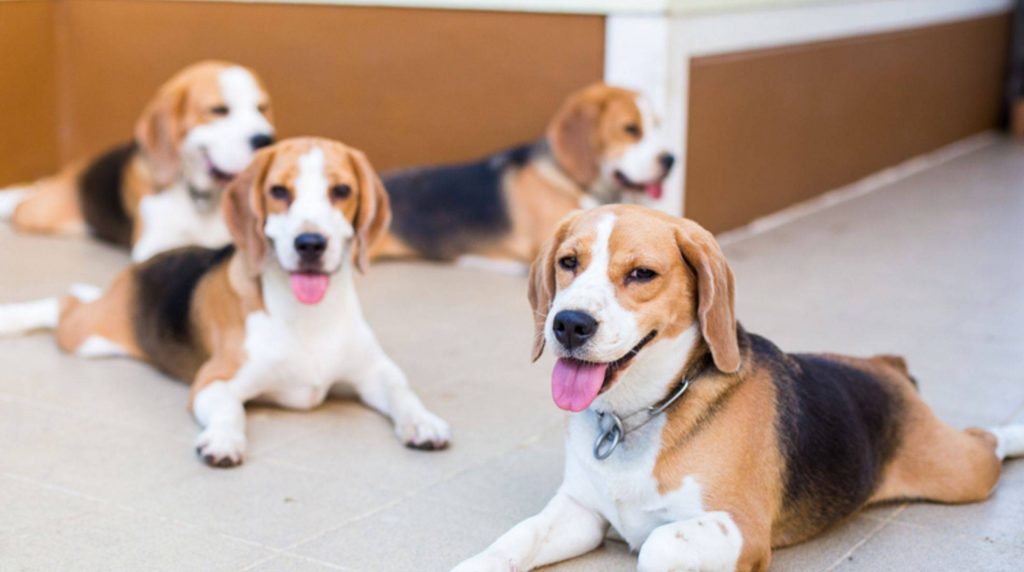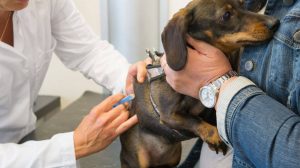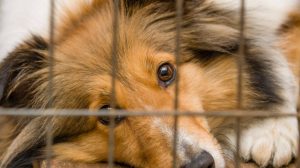Unfortunately, the law in Germany requires that certain drugs be tested on animals, such as laboratory beagles. Drugs against parasites in pets are also checked for their effectiveness in animal experiments before being sold. There are animal welfare organizations that work with the drug companies and take over laboratory dogs and cats when they have done their research job. Then the animal rights activists give the test animals to loving families, where they can start a new life.

They were helping a Lab Beagle will take time and patience. Unfamiliar with the world outside of the lab, the dogs are like puppies who have yet to learn everything humans expect from a four-legged friend. However, you don’t need to worry about the critters being disordered or sick – they’re usually just inexperienced.
Why are beagles often used as laboratory dogs?
Beagles are considered robust, tolerant dogs that get along well with their peers. In the laboratory, animals are kept in same-sex groups, so dog breeds such as beagles, typically very social, are preferred. Although every dog is always an individual, Beagles tend to be good-natured, friendly, and neither shy nor aggressive. Sadly, this makes them ideal experimental animals. However, it must be said that the Lab Beagles are not tortured; the labs have zookeepers to look after them, veterinarians to look after their health and welfare, and an Animal Welfare Officer to ensure that the laws prevent cruelty to animals are enforced be respected.
What is unique about the laboratory beagle
The dogs only have to serve as laboratory beagles for a certain period, after which many laboratories and pharmaceutical companies pass the four-legged friends on to animal protection organizations, which in turn convey the dogs – usually for a nominal fee – to loved ones so that they can find a home there. At their core, laboratory dogs are no different than their peers, nor are they typically ill or maladjusted. Before they are released, the veterinarian in the lab usually examines, vaccinates, and deworms the Beagle. However, Lab Beagles behave differently than their breeder counterparts during the first few months as they are introduced to the world outside of the lab for the first time.
For example, the affected dogs are unfamiliar with everyday noises such as traffic, vacuum cleaner, or kitchen appliances. In addition, they have hardly been outside in the sunlight and are primarily unknown with fresh grass. Therefore, they react a little over-cautious and shy at the beginning. Driving, climbing stairs, temperature fluctuations, and different weather conditions are also entirely new. In addition, laboratory beagles are usually not housebroken when they come to their new home; they are like puppies that first have to learn the basic rules of living with humans. There is no difference between younger and older laboratory dogs; they all must and can know these basic rules. It takes a little time and a lot of patience and empathy. If you’re willing to put up with it, you won’t notice any difference between the Lab Beagle and any other Beagle after a few months.
This is how you help your Beagle into an everyday dog life.
Suppose you are willing to help a Lab Beagle and have the time and patience to do so. In that case, you can contact relevant animal welfare organizations on the Internet, for example, www. laborbeagle: EU or www.laborbeagle.de. Be empathetic to your new roommate, but still make sure you train them consistently. Teach him the basics like housebreaking and the essential commands in small mini-steps; Positive reinforcement and rewarding with treats usually works excellent on the Beagle. However, please don’t spoil your four-legged friend. Otherwise, he won’t know what he can and can’t do. If there are too many treats, the dog tends to become overweight.
Please don’t leave your Lab Beagle alone for more than four hours a day and treat them as a reliable friend and partner who is at peace and reassures them that everything is okay and that they are safe. The four-legged friend usually quickly catches up on what he missed in the laboratory in a quiet, secure environment. A good dog school or dog trainer can help you with this.








